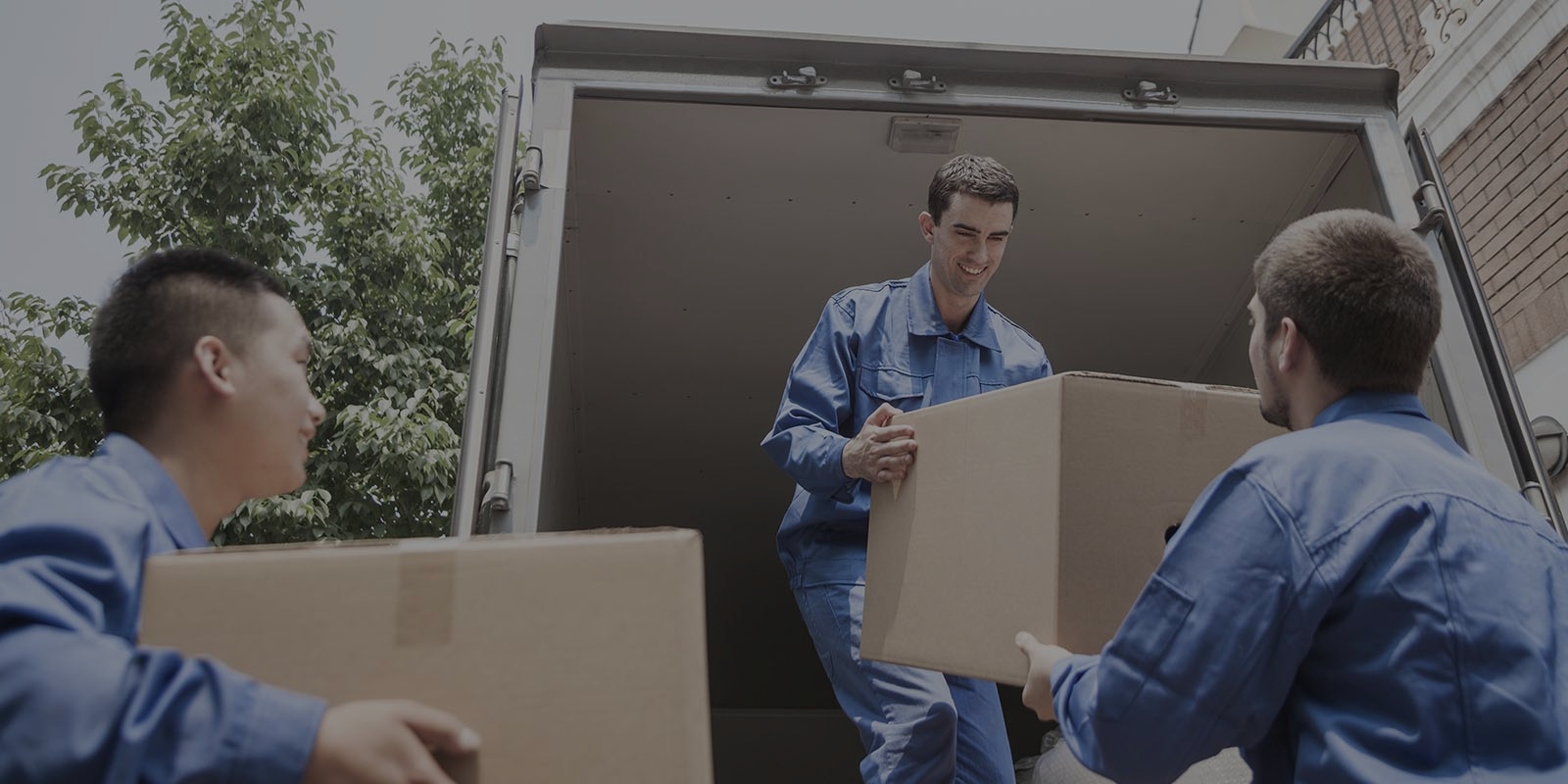Expert Advice on Moving Your Bed and Mattress Safely
Posted on 12/06/2025
Expert Advice on Moving Your Bed and Mattress Safely
Whether you're preparing for a cross-town move or planning a relocation across the country, moving your bed and mattress safely is a vital task that requires careful planning and proper execution. Beds and mattresses are not only substantial investments but also essential for a good night's sleep--so safeguarding them against damage during the move is crucial.
If you've ever wondered, "How can I move my mattress without damaging it?" or "Is there a safe way to disassemble and transport my bed frame?", this comprehensive guide will walk you through every step. Drawing on expert recommendations and real-world moving experience, we'll cover preparatory steps, protective materials, transportation tips, and reassembly tricks to help ensure your bed and mattress arrive just as you left them.

Why Safe Bed and Mattress Moving Matters
Many homeowners underestimate the complexity of moving a mattress and bed frame safely. The risks of improper handling range from personal injury and property damage to voided warranties for high-end bedding. Here's why you should pay extra attention when moving these items:
- Preventing physical injuries: Mattresses are bulky and awkward, making them tough to maneuver without careful technique.
- Avoiding property damage: Scratches on walls, gouges in stairwells, and dents in door frames are common when moving large furniture items.
- Maintaining mattress integrity: Folding or improperly storing mattresses can cause lumps, sagging, or even irreversible damage.
- Protecting bed frames: Wooden or metal bed frames are susceptible to warping, bending, and breakage if not disassembled or padded appropriately.
Proper preparation and proven techniques can spare you these headaches and allow for a more streamlined move.
Pre-Move Preparation for Beds and Mattresses
1. Measure Spaces and Plan Your Route
Before you lift a single item, measure doorways, hallways, and staircases. Compare those measurements to your mattress and bed frame dimensions to anticipate tight corners or obstacles.
- Take photos of disassembled parts to aid reassembly.
- Note narrow corridors and plan the easiest route out of each room.
2. Gather Necessary Supplies
Having the right materials on hand will make moving your bed and mattress safer and easier. Recommended supplies include:
- Mattress bag or cover: Protects against dirt, dust, and moisture.
- Furniture blankets: Cushions edges and prevents scratches.
- Moving straps or lifting harness: Reduces risk of injury and assists with carrying heavy items.
- Tool kit: Phillips/flathead screwdrivers, Allen wrenches, rubber mallet for disassembly.
- Ziplock bags: For keeping hardware such as screws, nuts, and bolts organized.
- Packing tape and markers: For labeling bags and wrapped components.
3. Enlist Help
Most beds and mattresses require at least two people to move safely. Ask friends, family, or hire professional movers to help with lifting and transport. Moving alone increases the risk of injury and accidental damage.
Step-by-Step Guide to Moving Your Bed and Mattress Safely
1. Strip and Clean Your Mattress
Remove all bedding, pillows, and mattress toppers. Take the opportunity to vacuum excess dust from your mattress and check for stains or signs of wear. A clean, dry mattress is less likely to develop mold or odors during transit.
2. Disassemble the Bed Frame
Most bed frames are best moved in pieces. Here's how to disassemble them safely:
- Remove slats, headboard, and footboard: Unscrew or unbolt as necessary, saving all hardware in labeled bags.
- Detach support beams: Keep these parts grouped together for easier reassembly.
- Take photos of each step, especially if your bed frame has unique joints or fittings.
- Wrap all parts in moving blankets or bubble wrap to prevent scratches.
3. Protect Your Mattress
Mattress protection is key to preventing dirt, moisture, and tears. Use a mattress bag or plastic cover and securely seal it with packing tape. For added protection, wrap with a furniture blanket--especially if you'll be loading it into a moving truck with other items.
- Never fold a mattress: Folding can cause internal springs or foam to break down, voiding many warranties.
- Keep mattresses upright during transport to minimize damage and save space.
4. Moving the Mattress Safely
Proper lifting techniques help you avoid injury and keep your mattress in good condition. Follow these expert tips:
- Team lift: Use at least two people. Bend your knees, keep your back straight, and lift from the legs.
- Use carrying straps: These reduce strain on your arms and back and provide better control.
- Do not drag the mattress. This will damage the material and collect debris.
5. Transporting the Bed Frame and Mattress
When loading into a vehicle:
- Lay the mattress on its side: If space allows, keep it upright and secure with ropes or moving straps to prevent sliding.
- Position bed frame pieces flat: Place wrapped parts on top of soft items or against walls to avoid bending or breaking.
- Separate with blankets: Keep each part cushioned and stable throughout the journey.
Special Tips for Specific Bed and Mattress Types
Memory Foam and Hybrid Mattresses
- Support edges: These mattresses are prone to bending and should never be folded.
- Keep horizontal: If possible, transport flat to maintain shape integrity.
- Use waterproof covers to prevent moisture penetration, especially in unpredictable weather.
Box Springs and Foundations
- Wrap securely: Box springs are often made from wood and fabric--protect with thick blankets.
- Label top and bottom: For quick setup later, use masking tape to mark orientation.
Adjustable Beds
- Disconnect power: Unplug electronics, remove batteries from remotes, and safely wrap cables.
- Protect moving parts: Secure any motors or joints. Consult your manufacturer for specific moving instructions.
Common Mistakes to Avoid When Moving Your Bed and Mattress
- Not using protective covers: Exposing mattresses to dirt and elements leads to stains and potential odor.
- Trying to move solo: The risk of physical injury and damaging property increases without assistance.
- Forgetting to label hardware: Tiny screws get easily misplaced. Always bag and label during disassembly.
- Folding or bending the mattress: Especially dangerous for memory foam, latex, and hybrid mattresses.
- Forgetting to prepare a clear path: Tripping over clutter or squeezing through tight spaces can result in injury or damaged furniture.
Reassembling and Setting Up Your Bed After the Move
1. Inspect All Components
Before reassembly, inspect your mattress, bed frame, and box spring for any damage that may have occurred during the move. Take photos for reference, especially if you need to file an insurance claim.
2. Clean and Freshen Up
Take the chance to wipe down each component with a gentle disinfectant or fabric spray. Allow the mattress to air out for an hour or two if possible to counteract any musty odors acquired during transit.
3. Reassemble With Care
- Follow your photos or manufacturer's manual to piece together the bed frame.
- Hand-tighten screws initially before securing them with tools--this helps to align parts correctly and prevent cross-threading.
- Test stability by gently rocking the frame and ensuring all bolts are tight, but avoid overtightening and damaging wood or metal.
- Install the mattress and bedding last to keep everything clean and dust-free.
Professional Movers vs. DIY: Which Is Best?
If you're not confident in your ability to relocate your bed and mattress safely, consider hiring professional movers. Moving companies bring the right tools, experience, and manpower to handle your furniture with care. They also carry insurance in case of accidental damage. However, if you're relocating on a budget, careful planning and adherence to the steps above can provide a successful DIY experience.

Frequently Asked Questions About Moving Beds and Mattresses
Q: Can I tie a mattress to the roof of my car for transport?
A: It's generally not recommended to transport mattresses on a car roof due to risks of wind damage, accidents, legality, and inadequate tie-downs. A secure truck bed or moving van is safest.
Q: How should I store my mattress if I can't move it immediately?
A: Store it flat in a climate-controlled space, inside a sealed mattress bag. Avoid stacking heavy objects on top, which can cause indentations.
Q: Is it okay to leave a mattress in plastic long-term?
A: For moves, plastic covers protect from dust and moisture, but for long-term storage, plastic can trap moisture and create mold risk. Use a breathable cover for extended periods.
Q: How do I move a king-sized mattress safely?
A: Enlist multiple helpers, use carrying straps, and consider using a mattress dolly. Turn the mattress on its side to maneuver through doors, then transport it flat if possible.
Conclusion: Move Your Bed and Mattress Safely Every Time
Moving your bed, mattress, and bedding doesn't have to be a stressful or damaging experience. By following expert advice on moving your bed and mattress safely--from measuring and planning to protective wrapping and proper lifting--you'll ensure your investment in comfort lasts for years to come.
With thorough preparation and the right equipment, you can minimize the risk of injury, damage, and frustration. Whether you're hiring professionals or taking on the move yourself, these comprehensive tips empower you to safeguard your mattress and bed every step of the way.
For more in-depth moving tips and checklists, explore our expert guides or contact a local moving professional for personalized assistance. *Sweet dreams start with a well-cared-for bed--make your next move with confidence!*







